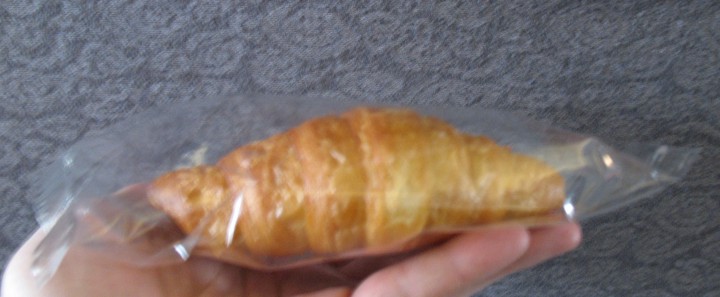Most everyone who has traveled on an airplane has witnessed some effects of decreased air pressure in the cabin of the plane: ears "pop", poured soda fizzes a little more, and sealed bags swell up. This last observed phenomenon was the basis of a simple experiment run on a long flight from Chicago to Honolulu to estimate the amount of air pressure change. The equipment required is very simple: a typical rubber balloon, a flexible measuring tape (such as one used for clothing measurements), and a permanent felt-tip marker. All of this should present no risk to airline security. Before the plane leaves the ground, inflate the balloon about halfway. DO NOT fully inflate the balloon. If it expands too much when the plane is in the air, the ballon may pop. This not only ruins the experiment, but it may also disturb fellow travel-weary passengers. The flexible measuring tape is used to measure the circumference of the balloon. Since most balloons are not perfectly spherical it is advisable to use the marker to indicate the path of the measuring tape. That way later measurements can be made across the same path. Once set up, the balloon circumference can be measured at any time. On the Chicago to Honolulu trip, a ground circumference was measured to be 52.4 cm and a cruising altitude circumference was measured to be 54.9 cm. Assuming a spherical balloon and that the ground pressure was 1.00 atm, the pressure at cruising altitude would be 0.869 atm.
Using the relationship between altitude and pressure described on p.26 of van Loon and Duffy (van Loon, G. W.; Duffy, S. J. Environmental Chemistry: A Global Perspective, Oxford University Press, 2000), a pressure of 0.869 atm relative to a sea-level pressure of 1.00 atm corresponds to an altitude of 4000 feet. Most planes I have been on cruise at a around 35,000 feet, which corresponds to a pressure of 0.294 atm relative to a sea-level pressure of 1.00 atm. Clearly the cabin of the plane is pressurized!


ABOVE: Sealed roll package on an airplane (FIRST) at ground level and (SECOND) in the air.




No comments:
Post a Comment